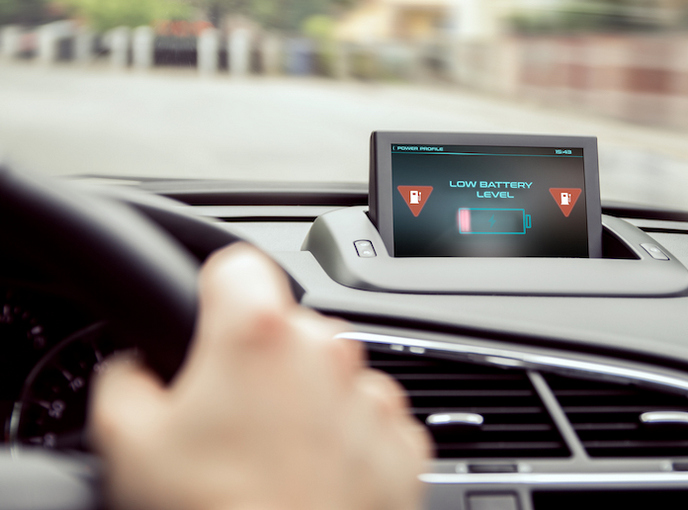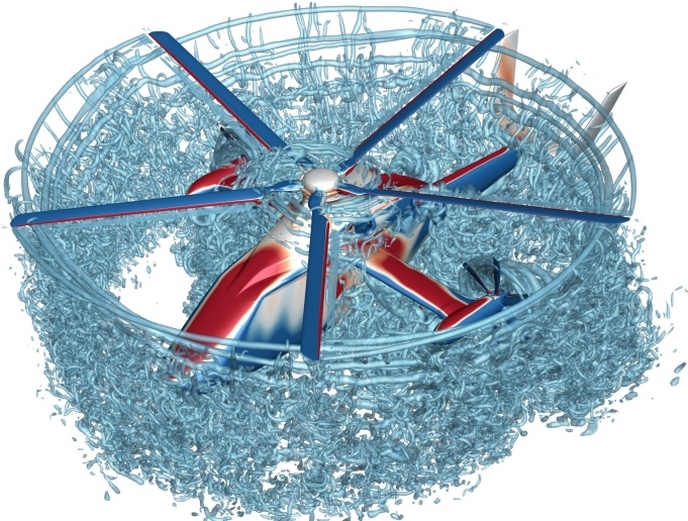World’s first long-range solar car charges on the move
Imagine a car that charges itself with sunlight – no visits to the petrol station required, and you can drive for weeks or months without worrying about needing to charge. Meet the Lightyear One, a sleek 5-seater electric sedan charged by solar panels with extremely low energy consumption. The EU-funded LIGHTYEAR project brings to the world the first commercially available electric solar car that charges itself.
Driving clean mobility
Engineers at the Dutch high-tech company, Lightyear, wanted to build a car that was incredibly efficient with its own energy source. To achieve this, the team had to minimise the car’s energy consumption and maximise its energy input. The benefit would be reduced reliance on charging grids, some of which are coal-powered plants that have a heavy carbon footprint. This would overcome some major barriers to market uptake on a global scale – range, high costs and heavy reliance on charging infrastructure. Founded in 2016 by world champion solar car racers from the Eindhoven University of Technology, further growth was facilitated by industry experts (Hans Heijmans, former Volvo and Royal DSM executive, Laurens Weers and Feike Sijbesma, honorary chairman of Royal DSM) who have extensive experience in fast-growing high-tech and automotive companies. With over 150 employees aboard, Lightyear is close to bringing the first long-range solar car to the market. “Lightyear’s mission is to provide clean mobility for everyone, everywhere. Its product strategy is to deliver an ultra-efficient, long-range solar electric vehicle (EV) with convenient user experience while keeping the production complexity low,” says Qurein Biewenga, LIGHTYEAR project fellow. By leapfrogging the EV charging infrastructure, Lightyear can serve any consumers worldwide who want to start driving electric.
Partnering for production
A representative from Lightyear explains: “In the past few months, we have managed to establish several partnerships that will guarantee delivery of the first set of Lightyear One cars in the summer of 2022.” The company has recently selected Valmet Automotive – based in Finland – as production partner so they can ramp up production in 2022 and start delivering the Lightyear One cars. The launch of Lightyear’s first car resulted in many positive reactions. Horizon 2020 was a valuable instrument as it helped the team get to required technology readiness levels.
Hats off to the Lightyear team
“Delivering and unveiling our first prototype on 25 June 2019 was one of our most significant achievements. On that day we were able to showcase our work to the world,” according to Lightyear. Of course, there are various other notable achievements, such as being listed in TIME’s Best Inventions of 2019 and setting the record for the most aerodynamic production car. The solar car can compete on cost because it uses a relatively small battery, which significantly decreases the material costs of the car. It requires 80 - 90 % less energy from the grid and is therefore very affordable to drive. “Our mission is to bring clean mobility to everyone, everywhere. We are currently developing a second model that will have a target purchase price far below EUR 50 000,” concludes Lightyear. So future models will be available to a wider population.
Keywords
LIGHTYEAR, solar car, Lightyear One, clean mobility, electric vehicle







